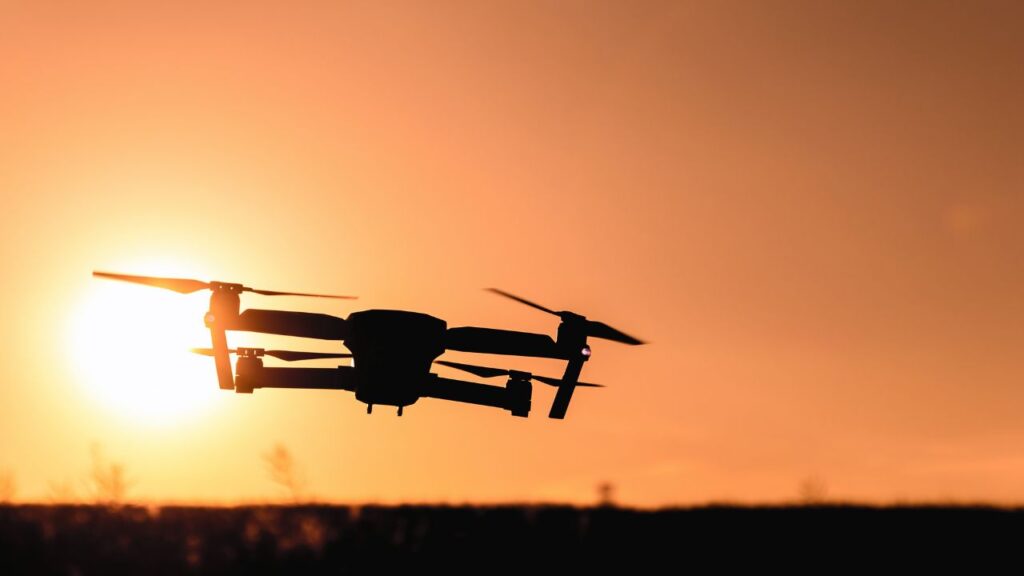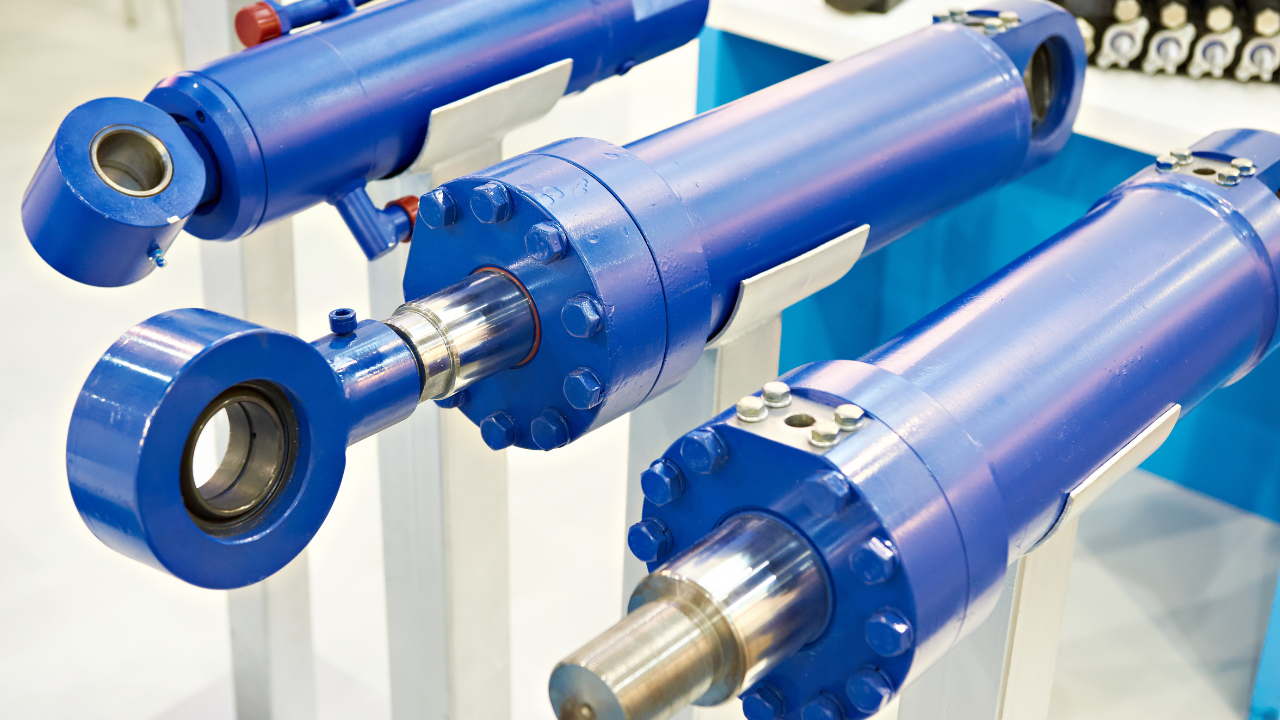Unmanned Aircraft Technology
Cat Orman, COO, Flyby Robotics
Published 8/24/2023
Over the past 5 years, exponential improvements in unmanned aircraft technology have enabled a revolution in industrial inspection processes. As drones become highly autonomous, more reliable, affordable, and integrated with a wider variety of sensor systems, their impact on the inspection process and maintenance efforts has increased significantly.
Drones are transforming industrial nondestructive testing (NDT), namely in transmission and distribution, offshore oil rigs, and the clean energy sector. By leveraging the capabilities of drones, operators can conduct more frequent and comprehensive inspections, revolutionizing the maintenance landscape.

Transmission & Distribution
UAVs equipped with corona cameras, thermal cameras, and high-zoom optical cameras autonomously inspect thousands of miles of hard-to-reach transmission lines and pylons across the United States. One study found that drones can lower utility inspection costs by 30-50% (Source: JOUAV). By utilizing drones, utilities can proactively address vegetation encroachment, mitigating the risk of forest fires at a fraction of the cost. Manual inspection of a single transmission tower can cost $5,000, while UAVs can bring that cost down to $200 (Source: Lazen). In an effort to address their maintenance backlog, Pacific Gas and Electric (PG&E) has been a pioneer in leveraging their drone program for efficient inspections and forest fire prevention in California, conducting over 30,000 transmission structure inspections and processing over 3.9 million inspection images via drone in 2020 (PG&E).
Oil and Gas
Drones equipped with optical gas imaging (OGI) cameras play a crucial role in detecting methane emissions and locating gas leaks on oil rigs. By using visual, high-zoom optical, and thermal cameras, UAVs can expedite the tracking of oil spills, complete corrosion inspections, and maintain flare stacks. Moreover, drones eliminate the need for difficult, dirty, and dangerous manual rope-and-scaffold inspections, particularly in the inspection of flare stacks. Turning off a flare for inspection on an offshore oil rig can cost $1 million per day, and take up to a staggering 8 weeks (Honeywell, Airborne). Scaffolding alone for manual inspections can cost $80,000 per flare (Honeywell). With UAV inspection, rigs can be comprehensively inspected in 3-5 days without any downtime (Airborne). PEMEX has been a leader in UAV-assisted inspection, launching the Drone Aerial Response Team (DART) at Deer Park in 2017, one of the largest petroleum refineries in the United States (Aloft). The company estimates DART saved them $1.2 million over the course of the year, and eliminated over 200 manual employee-at-height inspections (Aloft).
Clean Energy
Drones have found widespread adoption in the inspection of various clean energy sources, including wind, solar, and nuclear. The use of high-zoom cameras allows for the detection of minute cracks in the containment concrete surrounding nuclear reactors. In solar farms, drones fly overhead to identify “hot spots” and potential issues. Implementing wind turbine inspection drones can reduce inspection expenses by 20-25% for companies, and typically reduces the cost of solar farm inspections by approximately 30-50% (Source: ABJ Drones).
The advent of drones has revolutionized industrial nondestructive testing practices across several sectors. By leveraging drone technology, companies can frequently conduct comprehensive inspections, enhancing maintenance efficiency and reliability. From the inspection of transmission and distribution lines to offshore oil rigs and clean energy sources, drones equipped with advanced sensor payloads are driving significant cost savings, mitigating risks, and improving inspection timelines. As the adoption of drones continues to grow, the future holds immense potential for further advancements in NDT, shaping the maintenance landscape for years to come.

Cat Orman
Cat Orman is COO at Flyby Robotics, an American commercial, unmanned aerial system (UAS) developer. www.flybydev.com.
Related Articles

Proactive Maintenance for Hydraulic Cylinders





